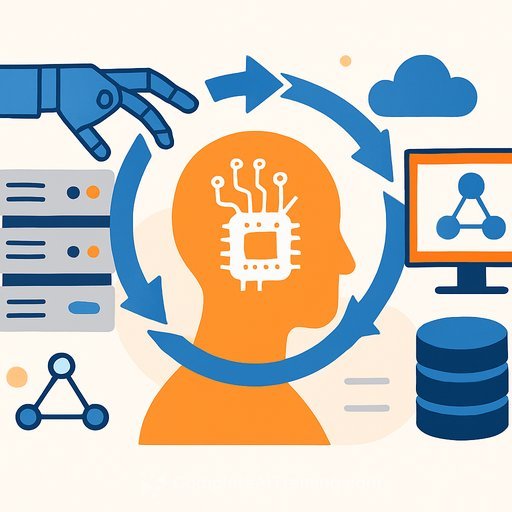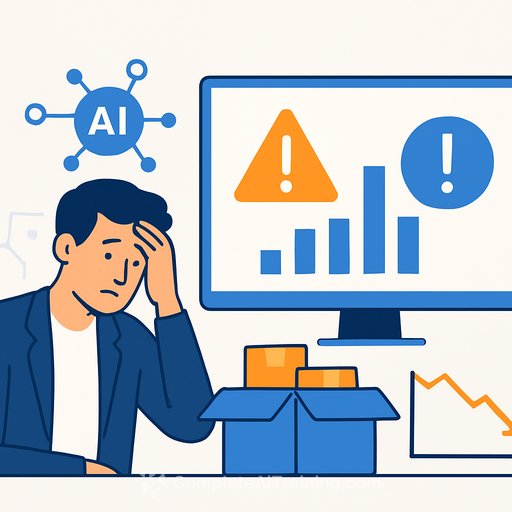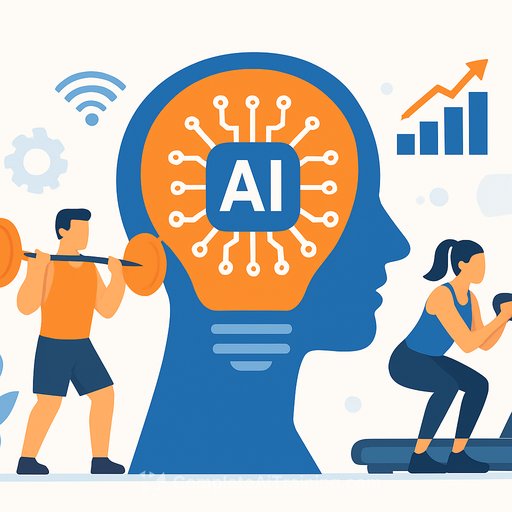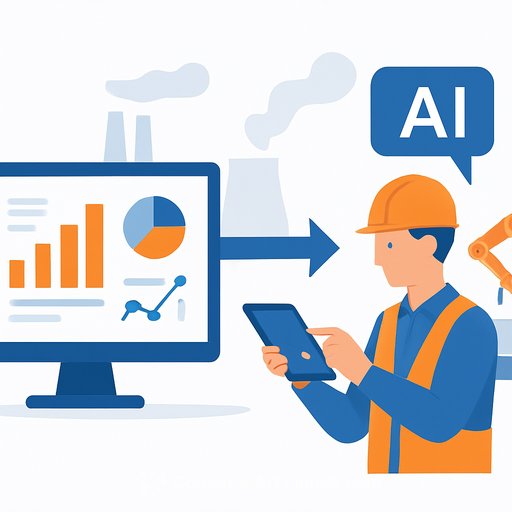SolarWinds introduces AI Agent to push IT ops to proactive, resilient operations
SolarWinds announced an AI Agent and portfolio-wide AI features to move enterprise IT from reactive firefighting to proactive, resilient operations. The Agent acts as a conversational teammate that summarizes outages, gathers diagnostics, identifies probable root causes, and suggests remediation steps-triggerable with human approval.
According to Krishna Sai, senior vice president of technology and engineering at SolarWinds, the goal is clear: reduce cognitive load, cut noise, and predict issues before they escalate. For operations leaders, that means faster incident resolution and fewer late-night escalations.
What's new-and why it matters
- AI Agent (Tech Preview in SolarWinds Observability SaaS): Conversational interface for RCA, diagnostics, and automated remediation with human-permitted actions. Built to reduce alert fatigue and improve time to contain.
- Root Cause Assist (GA): Generates root-cause analyses from alerts and anomalies to shorten troubleshooting time.
- Dynamic Threshold Enhancements (GA): Extends automated thresholding across more metrics to reduce false positives.
- AI Query Assist (Tech Preview): Analyzes database query patterns and proposes optimized rewrites.
The resilience gap: a management problem, not just a tooling problem
SolarWinds highlights a "resilience gap" in its 2025 IT Trends Report-the difference between leaders' perceived resilience and the operational weaknesses that still cause outages. Nearly half of IT leaders report unexpected outages despite confidence and more tools.
Translation for ops leaders: visibility alone isn't enough. You need faster signal-to-action and lighter cognitive load on teams, or incidents slip through.
Read the 2025 IT Trends Report for context on the resilience gap
How it changes the daily incident flow
- Agent consolidates alerts, summarizes the event, and highlights probable root cause.
- Auto-gathers diagnostics and proposes next steps (e.g., scale a service, restart a process, roll back a config).
- Ops approves action, or the system runs predefined steps from an approved playbook.
- Post-incident, the Agent compiles a plain-language summary for faster learning and audit.
What's available now vs. coming next
- Available now: Root Cause Assist (GA), Dynamic Threshold Enhancements (GA), AI Query Assist (Tech Preview).
- Tech Preview: SolarWinds AI Agent in Observability SaaS.
- Planned for 2026: Incident correlation in Service Desk to group related cases and recommend problem workflows; automated runbook execution for first-touch response before human intervention.
Where leaders should focus first
- Define the approval model: Clarify which actions can auto-run and which require human sign-off.
- Codify runbooks: Convert tribal knowledge into tested, versioned runbooks with clear rollback steps.
- Reduce alert noise at the source: Use dynamic thresholds and prune low-value alerts before piloting autonomous actions.
- Create a pilot scope: Start with a high-incident, well-instrumented service to validate value fast.
- Close the loop: Use post-incident summaries to update playbooks and training continuously.
KPIs to track
- MTTD, MTTR, and time-to-mitigation
- False-positive rate and alert volume per on-call engineer
- Percentage of incidents resolved with first-touch automation
- Change failure rate and rollback frequency
Governance and risk checks
- Set guardrails for auto-actions (service tiers, environments, risk categories).
- Require change audit trails, approvals, and clear accountability.
- Run chaos/DR drills to validate that automated actions do no harm under stress.
Budget and staffing implications
Expect fewer interrupts per engineer and faster incident handling. Reinvest the time into improving observability coverage, hardening runbooks, and training teams on prompt-based operations.
Executive take
This release pushes IT operations closer to autonomous resilience with practical steps: better thresholds, faster RCA, and human-approved automation. The short path to value is clear-start with a narrow pilot, measure rigorously, and expand as confidence grows.
Next steps
- Pick one service to pilot AI Agent capabilities once available in your environment.
- Standardize top 10 incident runbooks with clear approval gates.
- Baseline your KPIs and report monthly on gains from AI-assisted operations.
If you're building team capability in AI-assisted operations, explore curated options by role: AI courses by job.
Your membership also unlocks:










